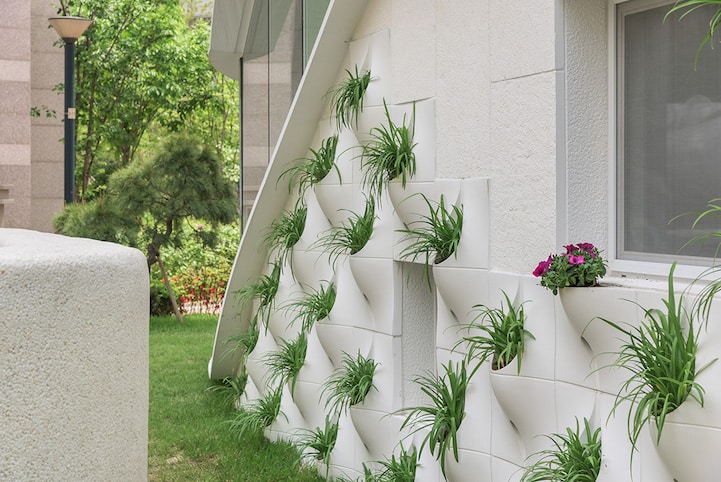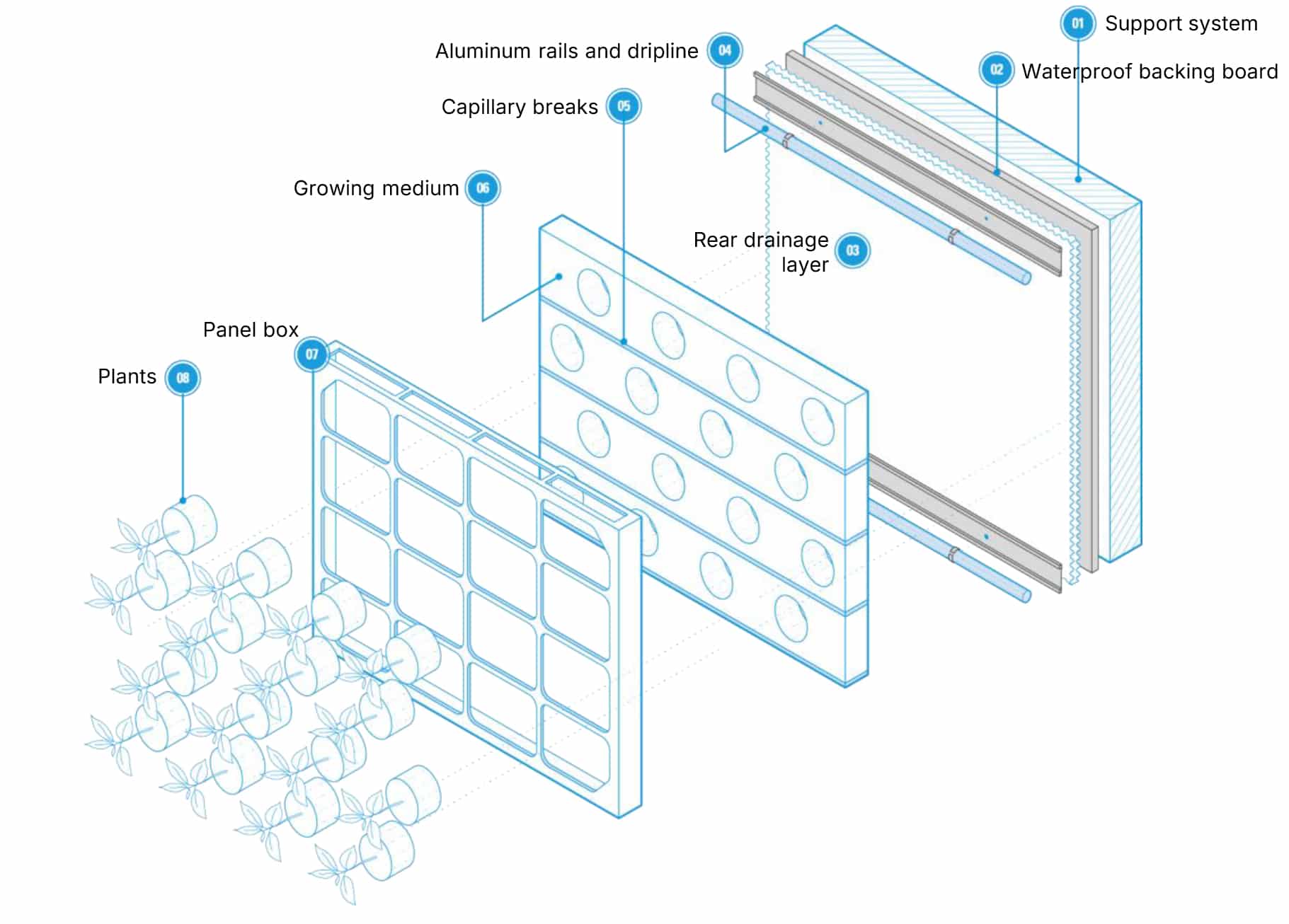Introduction to Programming and Physical Computing
Faculty: Daniel Mateos
Faculty Assistants: Adai Suriñach, Antoine Jaunard
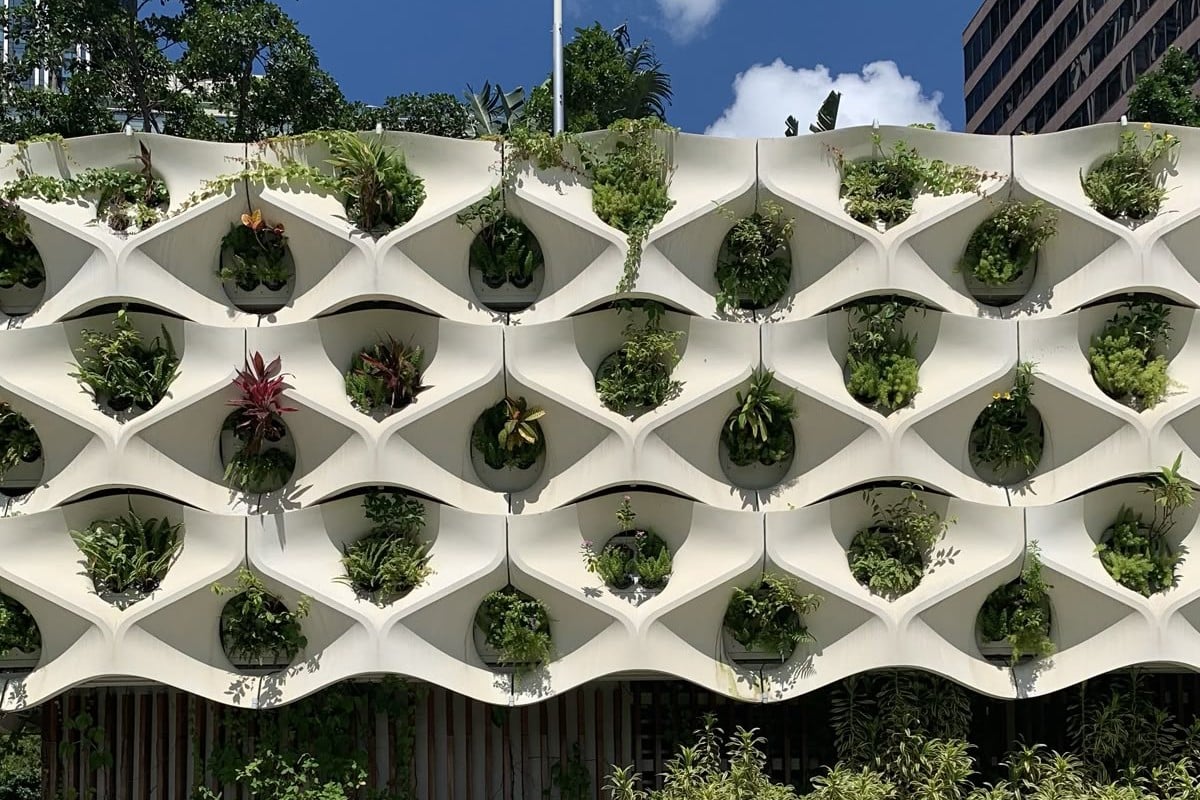
Conceptual Narrative
Water is our most stressed urban resource, yet we spill it daily through irrigation. Sprinklers run on timers, not need; water evaporates on hot surfaces, overspray sidewalks, and runs off compacted soil. Without feedback from the ground, we irrigate blindly—too much, too often, at the wrong time. The goal: deliver only what plants can use, precisely when they need it, with minimal loss.
Solution
A system that turns irrigation into a simple feedback loop. A soil-moisture sensor reads the actual water available at the roots. When readings fall below a calibrated threshold, a servo-actuated valve opens to deliver just enough water; when moisture rises above the threshold, the valve closes. No schedules—just responsive control that matches supply to plant demand. The result is less evaporation and runoff, healthier plants, and a measurable reduction in water use. In short: stop watering the clock; start watering the soil.
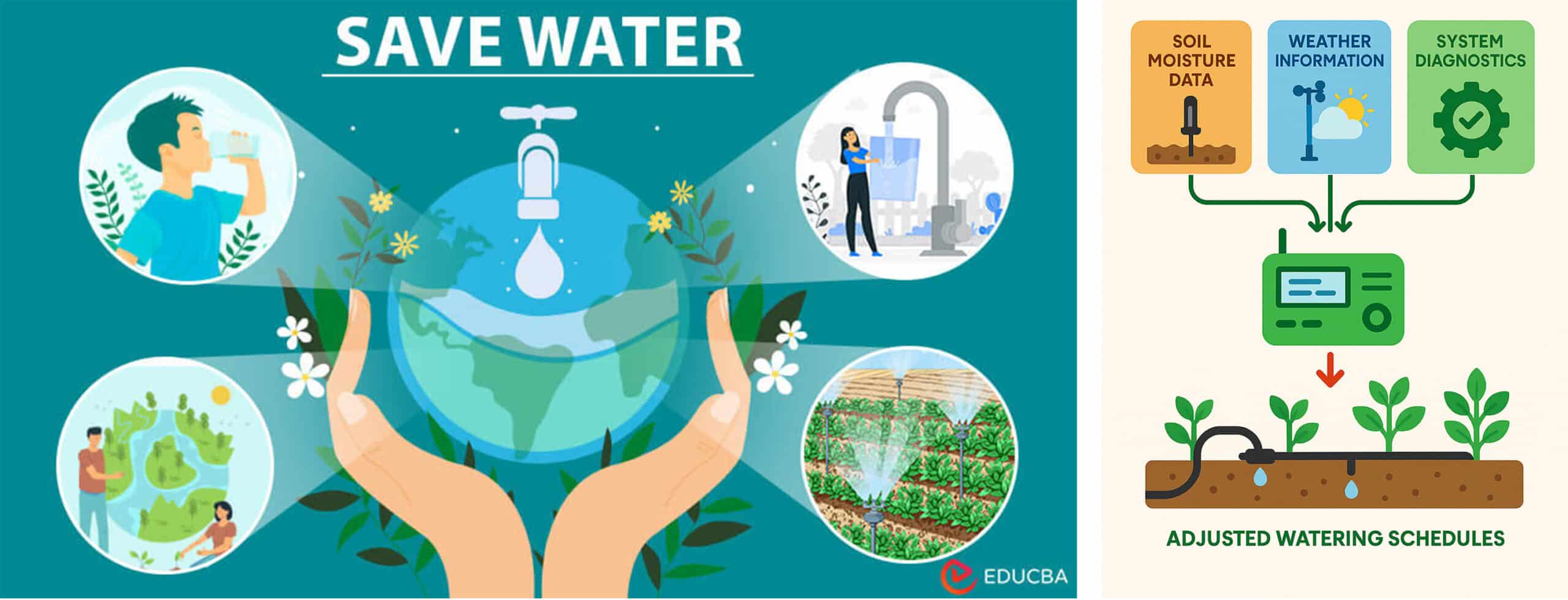
Schematics
Arduino Code
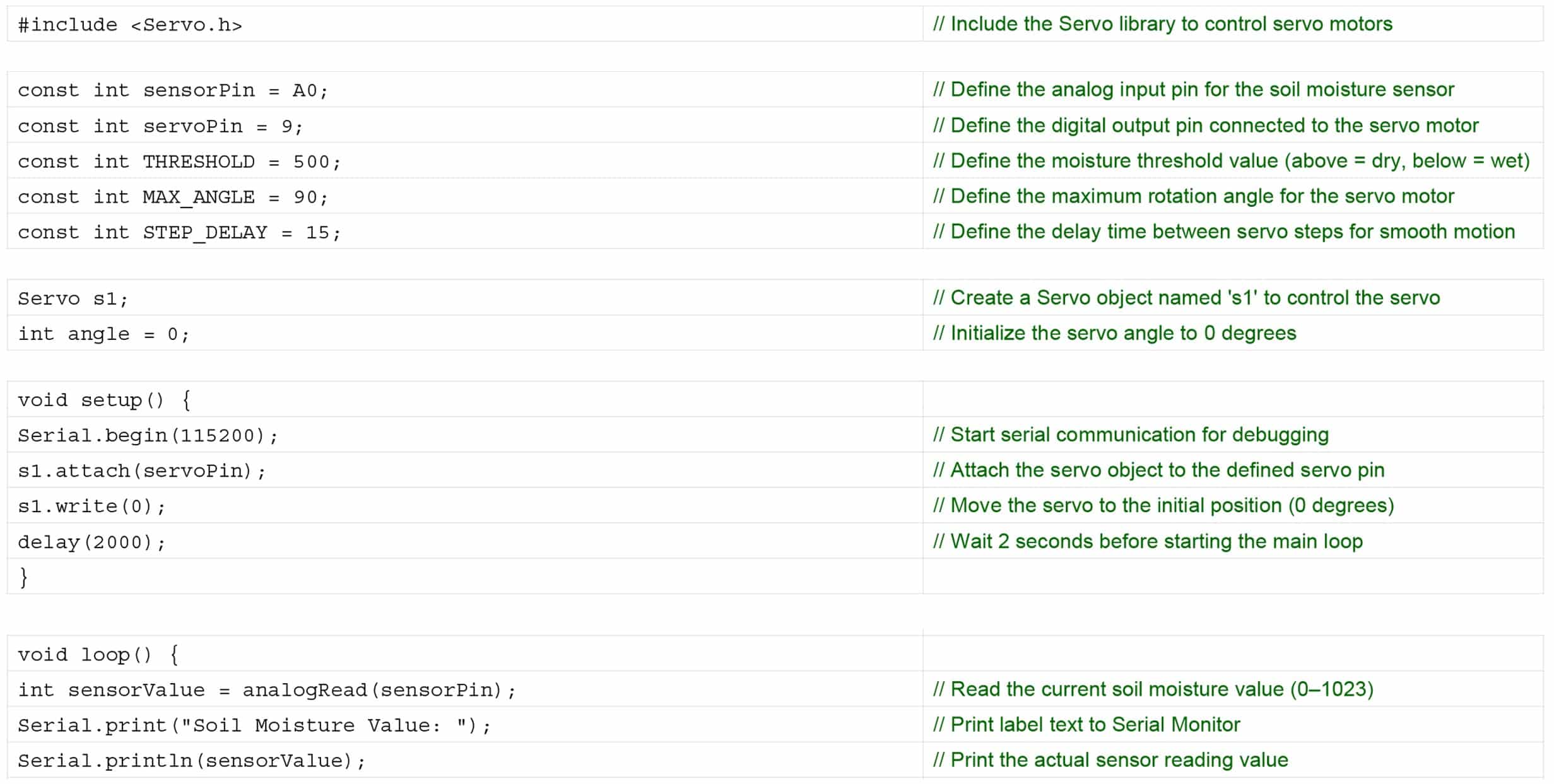
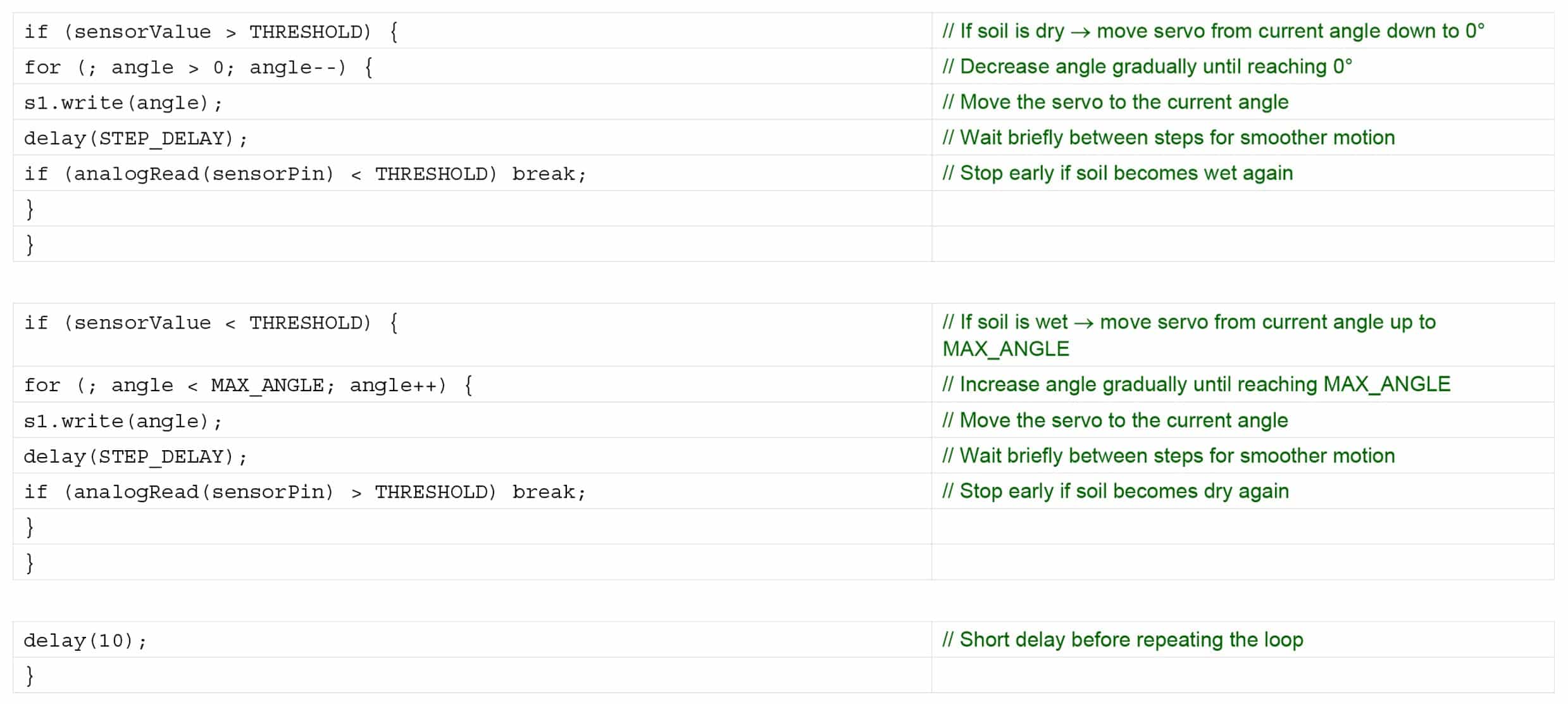
Arduino Schematic Circuit
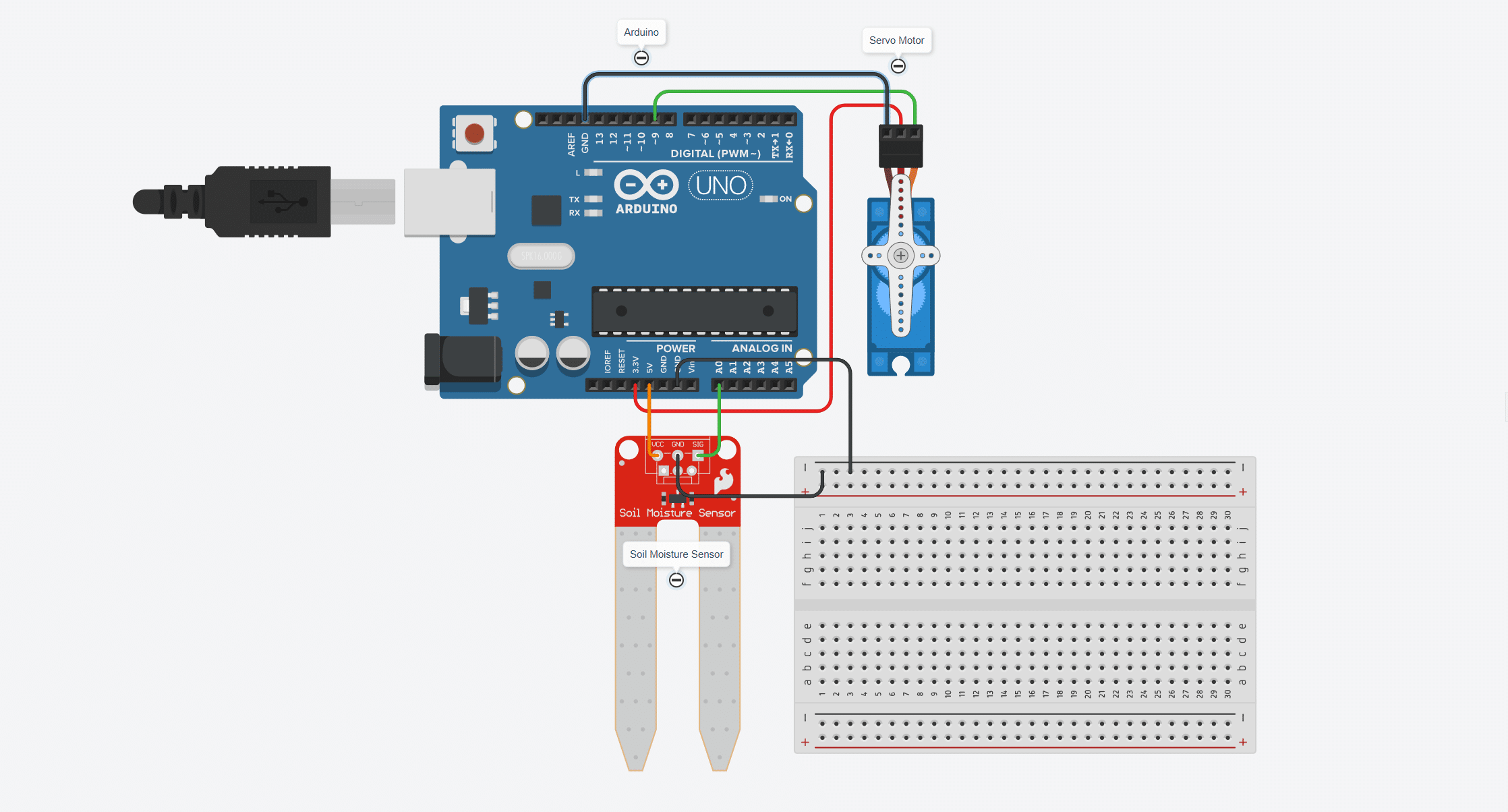
Prototype Materials (BOM)
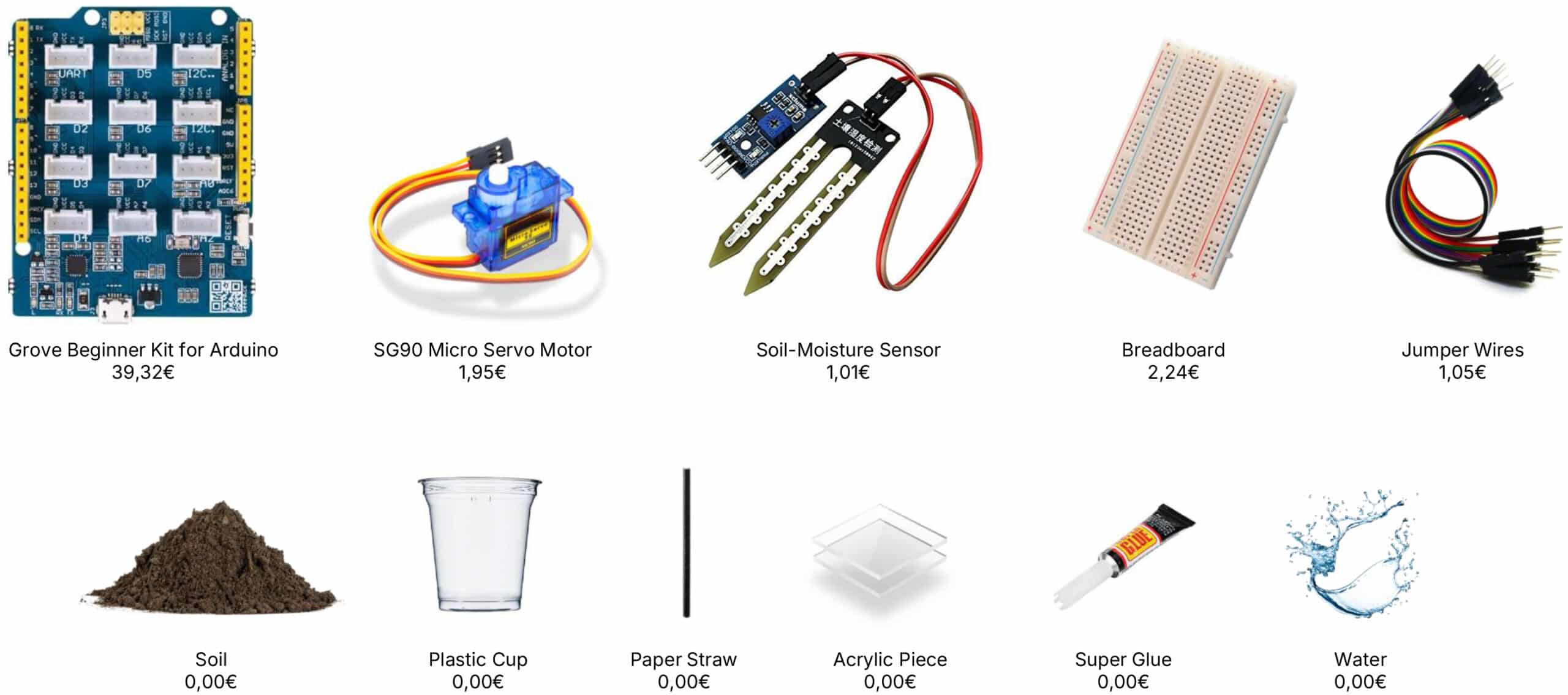
Prototype
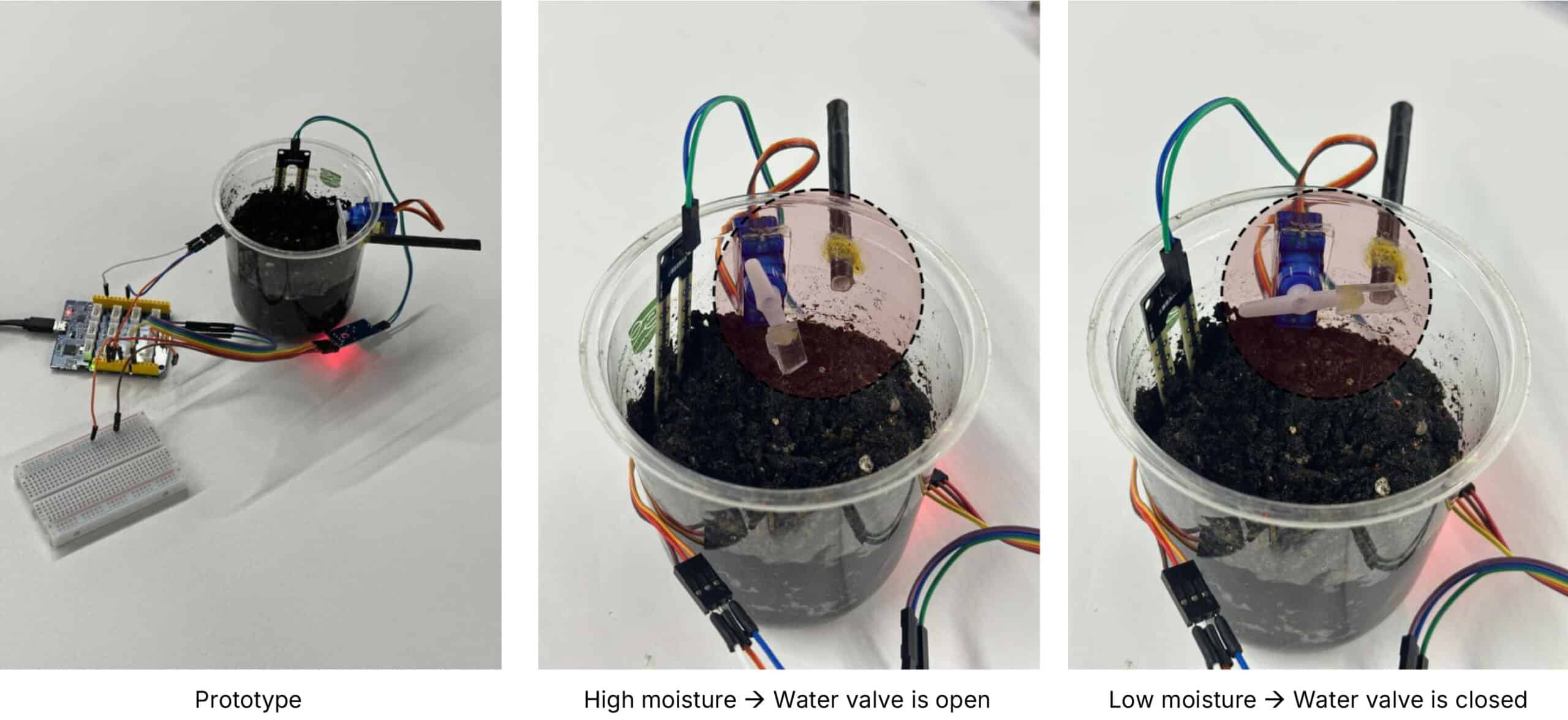
Next Steps
BioFacade-Valve is a self-irrigating façade system that nurtures greenery through responsive technology. By integrating soil-moisture sensors and servo-controlled valves, each façade pocket autonomously delivers water when needed—minimizing waste and eliminating human intervention. This sustainable approach transforms the building skin into a living, adaptive ecosystem, fostering co-existence between architecture, human, and nature where they thrive symbiotically with minimal resource input.
